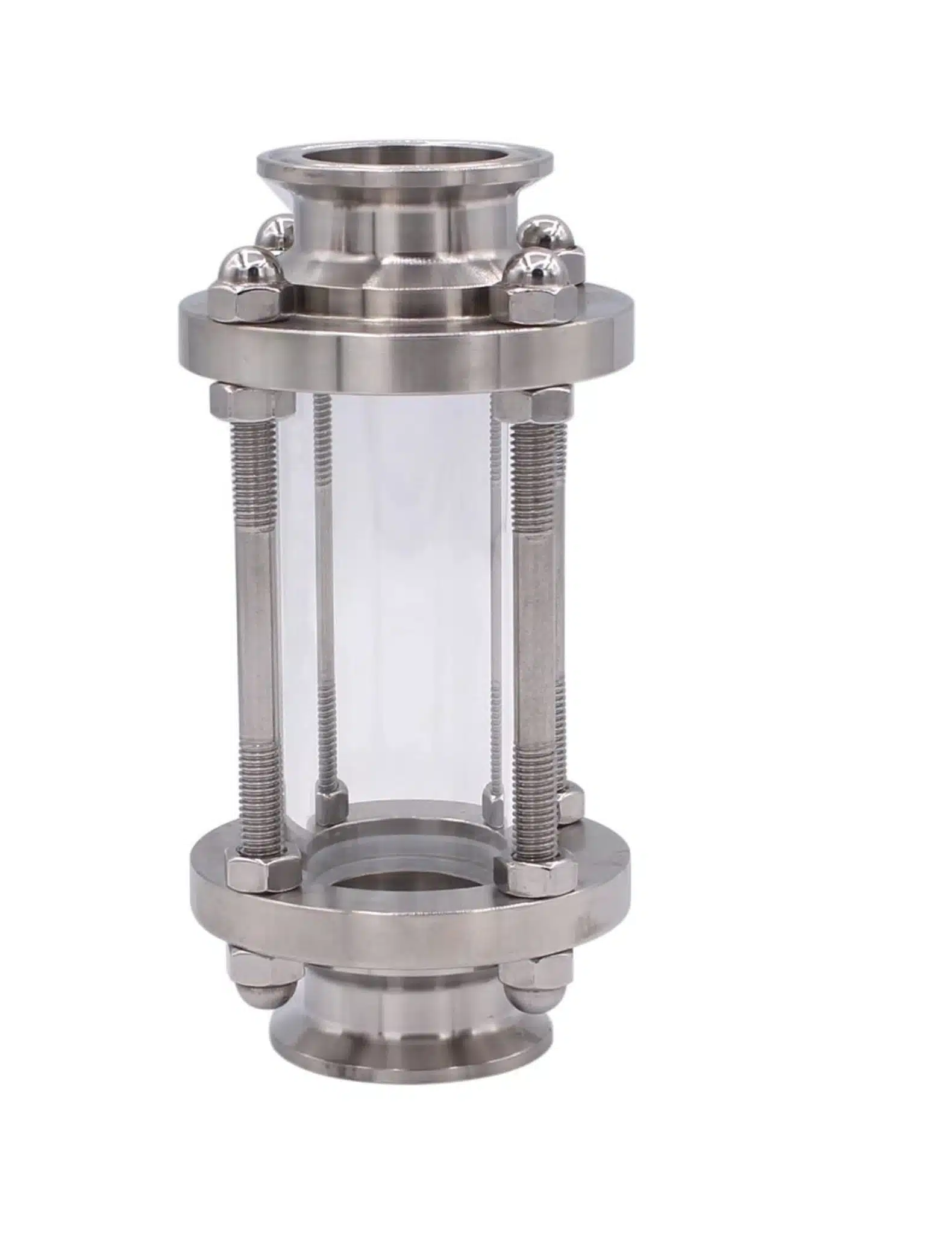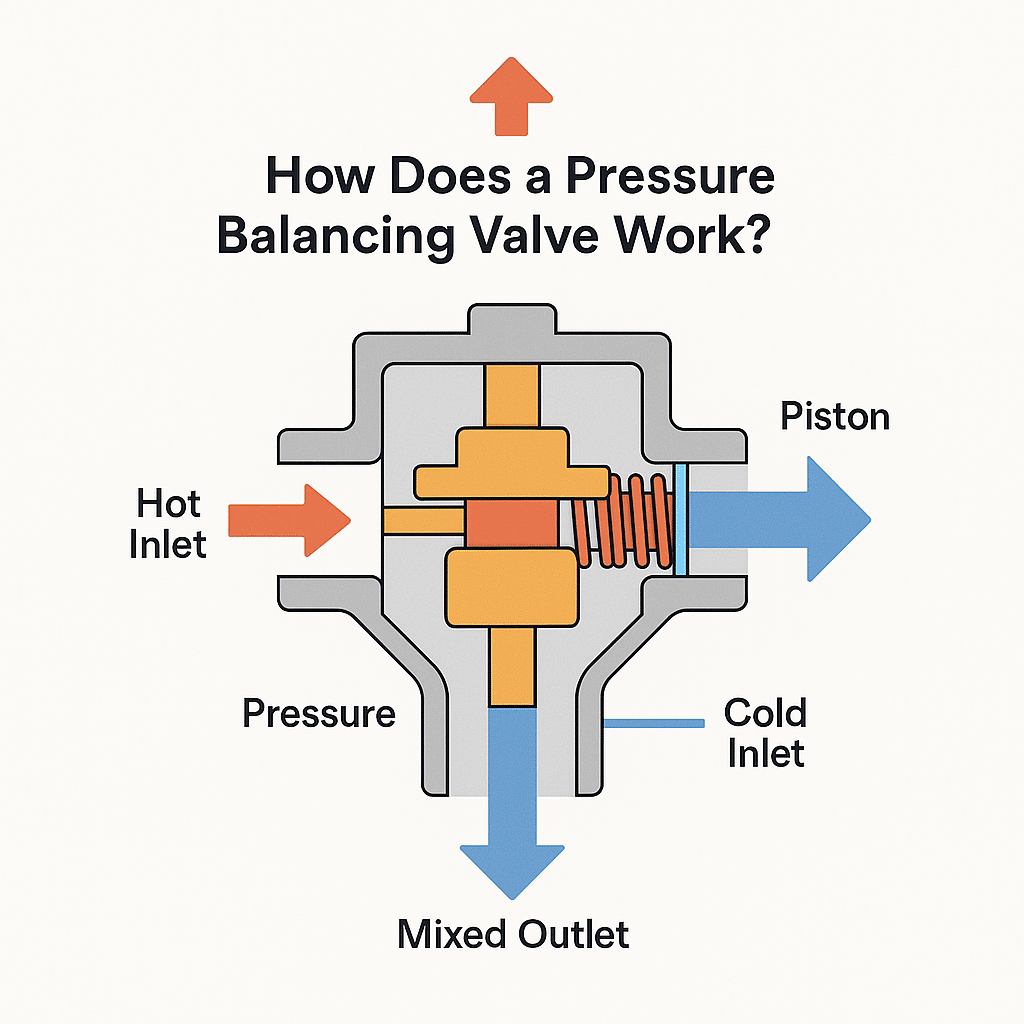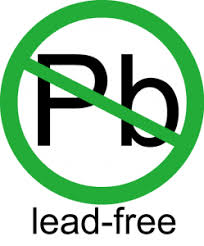Oil sight glasses (also called oil level indicators) are critical monitoring components in industrial equipment, enabling operators to check oil levels and condition in real-time without opening machinery. Widely used in gearboxes, hydraulic systems, and compressors, they enhance safety, maintenance efficiency, and equipment longevity.
1. Main Types of Oil Sight Glasses
① Bull’s-Eye Sight Glass
Features:
-
Installation: Mounted on oil tanks/lubrication systems.
-
Material: Typically brass or stainless steel with tempered glass.
-
Advantage: No disassembly required for inspections.
Example:
Fanovo’s FSG038 Model (3/4″ NPT male thread) offers:
-
Corrosion-resistant brass body
-
High-strength natural glass window
-
Applications: Gearboxes, reducers, and high-vibration environments.
② Columnar Sight Glass
Features:
-
✔ Design: Transparent glass/acrylic tube for clear liquid-level reading.
-
✔ Material: Stainless steel housing (e.g., Fanovo’s FSG036 Straight Sight Glass).
-
✔ Advantage: Continuous oil level monitoring.
Pro Tip:
“For chemical industries, choose stainless steel models (like FSG036) to resist acidic fluids.”
2. Key Functions & Benefits
| Feature | Advantage |
|---|---|
| Real-time monitoring | Prevents oil starvation or overfilling. |
| Oil condition check | Detect contamination (cloudy/dark oil). |
| No equipment shutdown | Reduces downtime by 50% (vs. manual checks). |
| Leak-proof design | Sealed construction avoids safety hazards. |
Related: How to select oil level sight glasses?
3. How to Choose the Right Oil Sight Glass?
① Material Selection
-
Brass: Cost-effective for general industrial use.
-
Stainless Steel: Best for corrosive environments (chemicals, marine).
-
Acrylic: Lightweight but lower pressure tolerance.
② Connection Types
-
NPT Thread: Common in North America.
-
BSPP Thread: Standard in Europe/Asia.
-
Flange Mount: For high-pressure systems.
③ Industry-Specific Needs
-
Food/Pharma: FDA-compliant materials (e.g., 316L stainless steel).
-
Energy Sector: High-temperature-resistant glass (up to 300°C).
→Browse more types of Sight Glass
4. Oil Sight Glass Applications
-
Manufacturing: Hydraulic press lubrication monitoring.
-
Chemical Plants: Acid/caustic fluid level checks.
-
Food Processing: Sanitary-grade sight glasses for conveyor systems.
Case Study:
“A German automotive plant reduced unplanned downtime by 30% after installing Fanovo FSG038 sight glasses.”
5. Troubleshooting Common Issues
❌ Cloudy Glass: Caused by oil degradation – replace oil and clean the window.
❌ Leaks: Check thread seals or replace O-rings.
❌ Cracked Housing: Upgrade to stainless steel for high-vibration areas.
Conclusion & Next Steps
Oil sight glasses are essential for predictive maintenance and operational safety. For optimal performance:
-
Match material/connection type to your industry.
-
Prioritize corrosion resistance in harsh environments.
-
Schedule regular inspections (every 3-6 months).
Need a Custom Solution?
➔ [Contact Fanovo Engineers] for free technical consultation and quotes on FSG036/FSG038 models.









